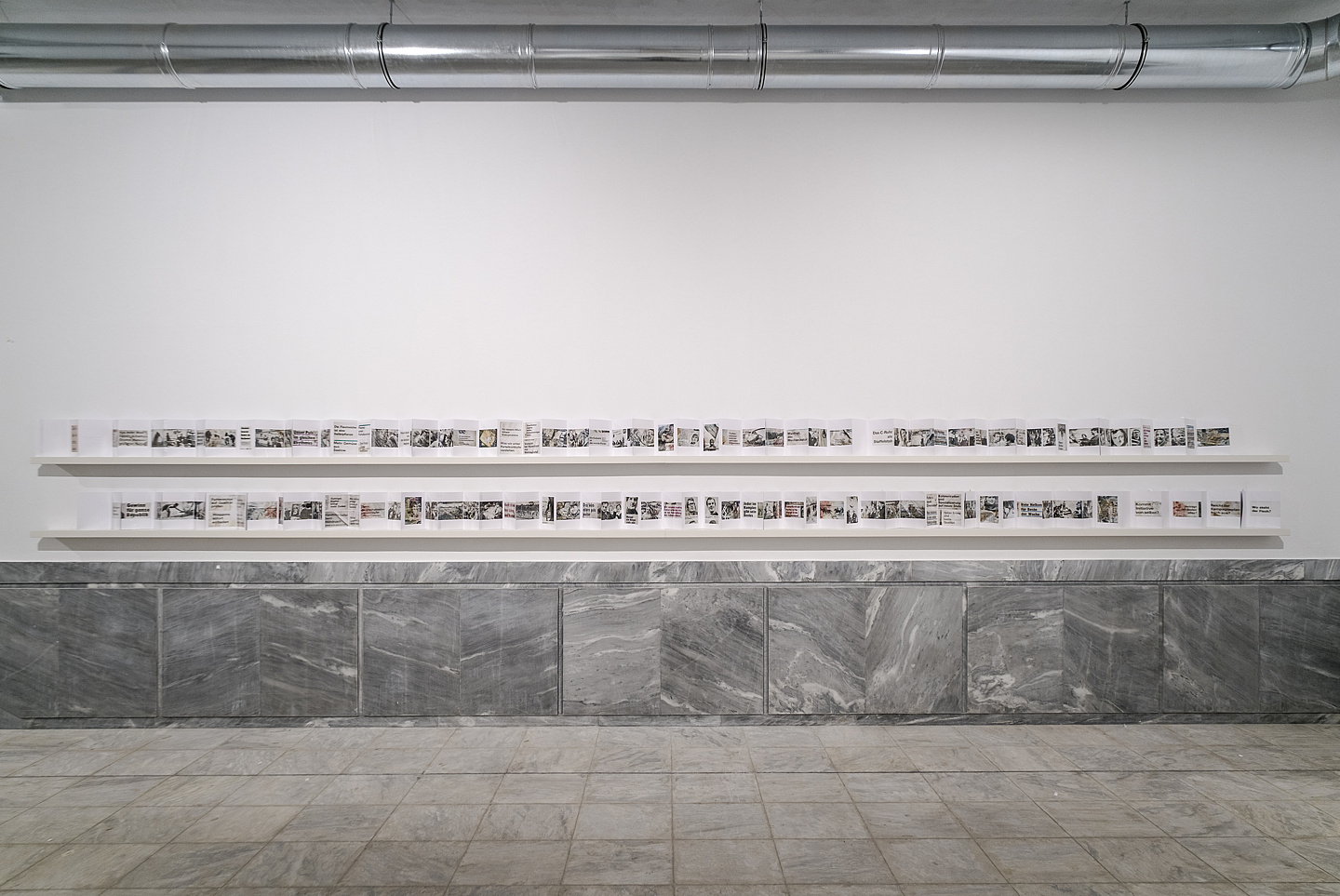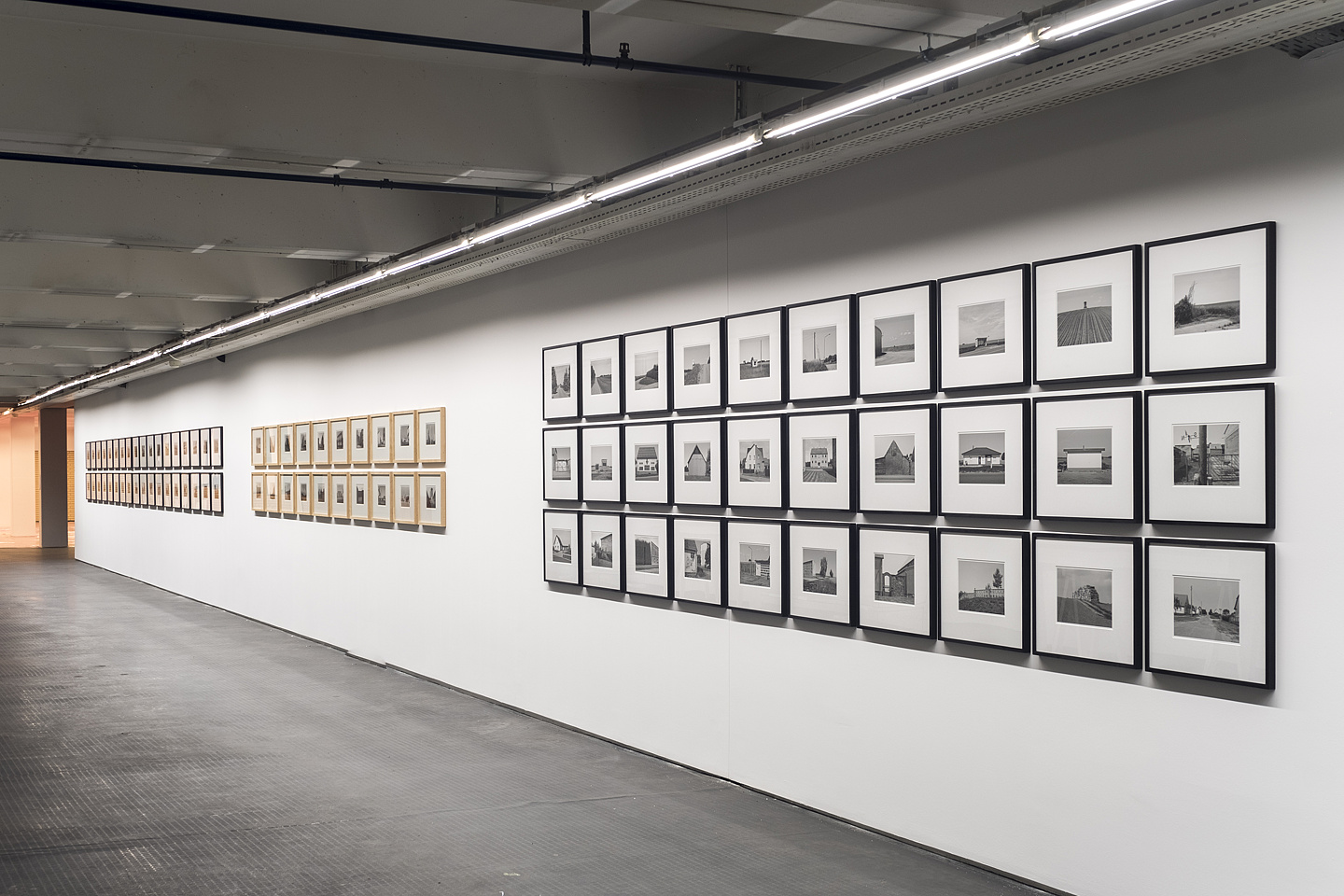When documenta was founded and first organized in the West German city of Kassel in 1955, a proverbial stone’s throw away from the border separating West from East, “capitalism” from “communism,” the exhibition evidently figured prominently in the Cold War’s cultural front, with the entangled questions of artistic freedom and the place of experiment in mass culture at its polemical center. Sixty years later, and twenty-five years after the fall of the Berlin Wall, this contested legacy continues to cast a long shadow across both the political arena and sociocultural landscape—we are surely further away from the 1990s thaw today than ever before—and certain aspects of Cold War culture have returned to haunt contemporary Europe’s aesthetic imagination. Notable among these is a renewed interest in the erasure of East German culture and history in particular, of which Ulrich Wüst has become an accidental chronicler of sorts.
Indeed, as a photographer who has been capturing his lifeworld since the late 1970s—Magdeburg, where he was born in 1949; rural Uckermark and the small towns of the East; Berlin, East, West, and reunited—Wüst has developed an eye especially attuned to the aura of loss. His atmospheric black-and-white images of abandoned East German cityscapes at the heights of Brezhnev-era stasis foreshadow the inevitable end of the Deutsche Demokratische Republik. (It is quite telling that, in portraying this republic of idealized farmers and workers, Wüst opted to forego direct human presence in his imagery altogether: the sozialistischer Staat der Arbeiter und Bauern is symbolically devoid of its titular workers and farmers.) Photographs of Magdeburg in the supposedly transformative 1990s reveal the cosmetic nature of much of the changes occurring in post-1989 eastern Germany, while Wüst’s more recent explorations of GDR history, now mostly shown as leporellos, zoom in on the fragment, shard, and trace, revealing an archaeologist’s sensitivity to the muted testimony of things. There is a deliberate distancing from the melancholy charge of some of his best-known images of that earlier period, such as that of a woman seen from the back and seated next to a Trabant, gazing out across the catatonic gray of the Baltic Sea in languid late (last) summer. An eyewitness account of the emptiness that once was, and whose afterthoughts continue to litter the landscape left in its wake.
—Dieter Roelstraete


